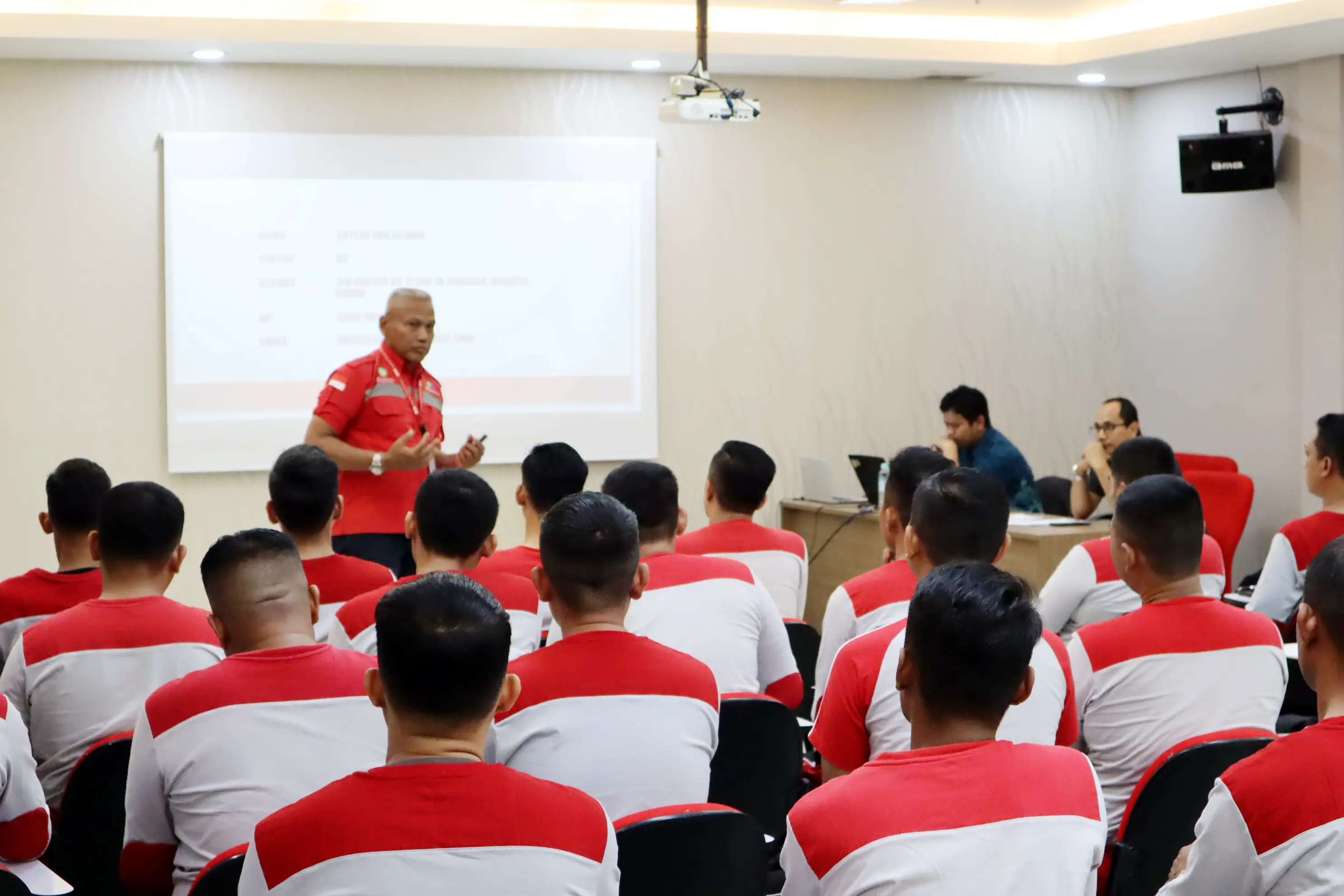How to Calculate Employee Workload Accurately
30 June 2025

Calculating employee workload correctly is crucial for companies to maintain both productivity and employee well-being. An unmeasured workload can lead to stress, decreased performance, and even high turnover rates.
This article will discuss effective methods for calculating workload in compliance with regulations and in ways that are easy to implement.
Read the full explanation below!
Workload Calculation Based on Official Standards
According to Indonesia’s Ministry of Finance Regulation No. 175/PMK.01/2016, the effective working time per employee is 6 hours and 25 minutes per day—or approximately 6.4 hours. You can calculate the effective workload using this simple formula:
Workdays × Working Hours = Effective Workload
Let’s use a practical example. If a company sets 22 workdays in a month, the calculation would be:
22 days × 6.4 hours = 140.8 hours per month
This number serves as a baseline to assess whether the assigned tasks align with the available working time.
For instance, if an administrative staff member handles 10 tasks with a total estimated workload of 160 hours per month, then they are overloaded by:
160 hours – 140.8 hours = 19.2 hours
This means the employee may need additional support from extra staff, or some of their tasks should be reallocated to other team members.
On the other hand, if the total workload is only 110 hours per month, there will be an excess of 30.8 hours that can be optimized—for example, by assigning additional responsibilities or redistributing tasks from colleagues with heavier workloads.
Read Also: 3 Effective and Objective Ways to Evaluate Employee Performance
4 Common Methods for Analyzing Employee Workload
Different analysis methods can be used depending on the company’s scale and job nature. Here are several popular approaches:
1. Standard Time Method
This method is carried out through direct observation of employees’ work processes to record the time required to complete one unit of work under normal conditions. The result of this observation is called standard time.
The standard time is then multiplied by the number of products or tasks completed per day, week, or month, and compared against the available effective working hours.
This method is suitable for operational or production sectors with clear and repetitive tasks, allowing workload analysis to be measured accurately in man-hours or person-units.
2. Job Analysis Method
The job analysis method evaluates how well a job role aligns with the existing organizational structure. The company prepares a list of job contents and observes the complexity level as well as the time required for each activity.
The analysis is based on the responsibilities tied to a specific position and how the role contributes to the performance of the unit or organization as a whole.
The results show whether a position is overloaded, underloaded, or requires better job distribution in line with employee levels.
3. Quantitative Workload Method
This approach emphasizes quantitative data from daily work volume. Examples include the number of forms processed, emails answered, or customers served within a given timeframe. All data is then analyzed against available effective working hours.
If the results reveal an imbalance between the workload required and the time available, it indicates potential inefficiency or a lack of workforce capacity within the team or individual.
4. Observation and Structured Interview Method
This method combines field observation with structured interviews of employees and supervisors. The goal is to understand work processes, outputs, and the factors influencing workload more comprehensively.
Through interviews, companies can also identify challenges not formally recorded, such as workflow disruptions between teams or departments.
Additionally, this method helps evaluate whether workload distribution across the organizational structure is optimal and aligned with individual capacity in each role.
| No. | Method | Description | Best For | Data/Units Used |
|---|---|---|---|---|
| 1 | Standard Time Method | Uses observation to record the effective hours needed for an individual to complete one task under normal conditions. Results are expressed in man-hours and compared against available working hours. | Manufacturing sector or routine jobs | Working hours, tasks, man-hours |
| 2 | Job Analysis Method | Focuses on job content and descriptions as a whole. Work is assessed based on complexity, outputs, and completion time. Helps define the role’s place in the organization. | Administrative, managerial, non-routine | Job descriptions, job roles, work factors |
| 3 | Quantitative Workload Method | Analyzes daily work volume such as number of documents, customers, or products handled. Helps determine if workloads match employee capacity and whether additional resources are needed. | Customer service, modern administration | Work volume, outputs, work units, employees |
| 4 | Observation & Interview | Combines direct observation and structured interviews with staff or teams to gather data on activities and work duration. Useful for uncovering contextual or unwritten factors. | All job types, especially dynamic roles | Observation time, work narratives, task lists, units, teams |
4 Key Benefits of Calculating Employee Workload
Workload assessment is more than an administrative task—it’s a strategic move that balances productivity and employee well-being. Here are some key benefits:
1. Improved Employee Productivity
Knowing the ideal workload allows for smarter task allocation. Employees who are not overloaded tend to be more focused, efficient, and produce higher-quality work, boosting overall company performance.
2. Preventing Burnout and Maintaining Mental Health
Burnout is a growing concern. Regular workload checks help detect overload early, allowing for task redistribution or additional hiring if needed.
3. Accurate Recruitment Planning
Rather than guessing when to hire, workload analysis offers concrete data. If workloads exceed capacity, it’s a clear signal to open recruitment backed by actual need.
Read Also: 6 Effective Strategies for Employee Performance Appraisal
4 Ways to Address Excessive Workload
Once a workload issue is identified, companies should take corrective action. Here are some practical solutions:
1. Task Evaluation and Redistribution
Start by reviewing all assigned tasks. Are they all necessary and appropriate for the employee? If not, redistribute tasks to colleagues with more capacity.
2. Utilize Technology Support
Automation can significantly reduce manual workload. For example, data entry can be streamlined using project management software.
3. Employee Training and Development
Sometimes, workload feels overwhelming because employees haven’t yet developed optimal skills. By providing training programs, companies can improve efficiency and shorten the time required to complete each task.
Managing excessive workload is certainly not easy, but with a systematic approach, businesses can maintain a balance between achieving their goals and protecting employee well-being.
4. Recruitment or Outsourcing
If the workload has clearly exceeded the capacity of existing employees, hiring additional staff becomes the only viable solution. Companies may consider using outsourcing services to save time and reduce operational costs.
With outsourcing, businesses can immediately gain access to trained, job-ready personnel without having to handle the selection process and administrative setup from scratch.
Read Also: 5 Strategies to Recruit High-Quality and Professional Employees
Solve Workload Overload with SOS’s Reliable Workforce Solutions
SOS offers professional workforce services for various sectors, from administration and logistics operations to security. With trained, standardized, and ready-to-deploy staff, SOS helps businesses boost productivity. We also provide workforce flexibility to match your needs—allowing you to focus on your core business operations.
So, what are you waiting for? Contact SOS via WhatsApp now and get high-quality, dependable workers to support your operational success!



